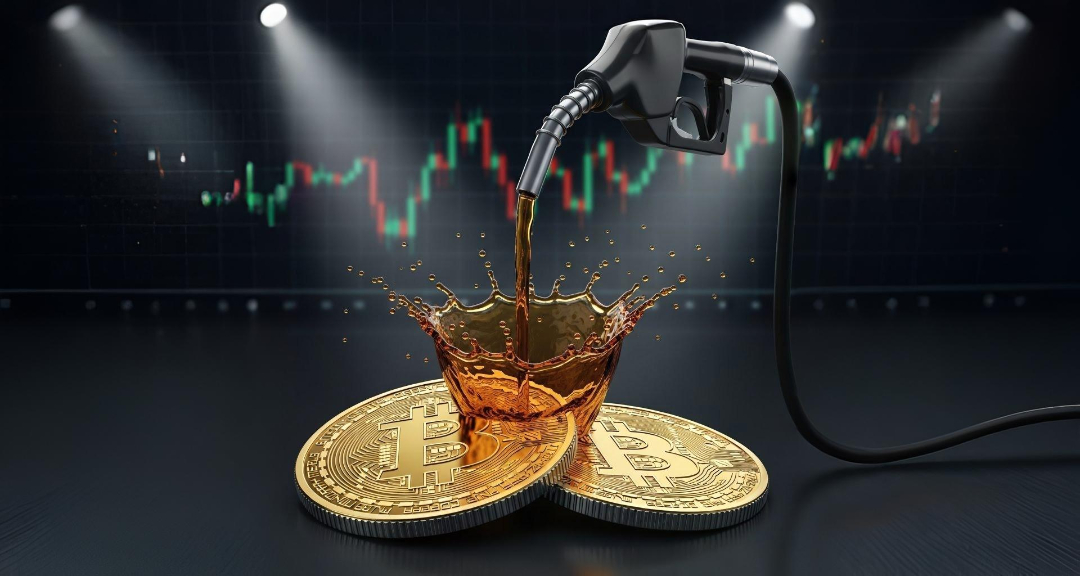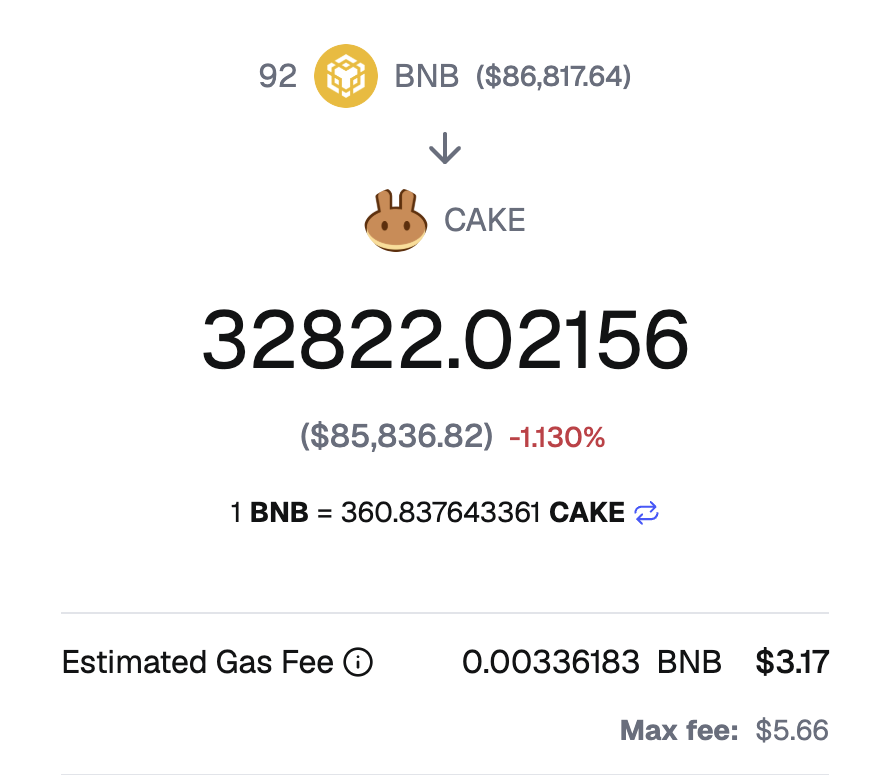Appearance
How much is the Gas Fee? A Guide to Blockchain network tolls.

If you've ever tried to send crypto or buy an NFT, you've probably seen a mysterious extra charge called a "gas fee." What is this gas fee and why do you have to pay it? Think of a blockchain network as a super-busy highway. To use this highway, you have to pay a toll. In the crypto world, this toll is the gas fee. This guide will explain everything you need to know about the gas fee for any blockchain network, helping you understand this crucial cost. Paying a gas fee is essential for every action on a blockchain network.
What exactly is a gas fee?
A gas fee is a payment you make to have your transaction processed and included on a blockchain network. It’s the compensation paid to the people (called miners or validators) who use their powerful computers to verify transactions and secure the blockchain network. Every single action, from sending a token to interacting with a smart contract, requires computational energy. The gas fee pays for this energy. So, a gas fee is simply the cost of doing business on a blockchain network. The amount of the gas fee can change depending on the specific blockchain network you are using.
Why do I have to pay a gas fee?
You might wonder why a decentralized blockchain network needs a gas fee. There are two main reasons:
- To Reward Validators: Validators do the important work of keeping the blockchain network running securely. The gas fee is their payment for providing this service. Without a gas fee, there would be no incentive for them to process your transaction.
- To Prevent Spam: The gas fee also helps protect the blockchain network from being overloaded with useless transactions. If it were free to send transactions, a bad actor could easily spam the blockchain network, slowing it down for everyone. By making every transaction have a cost (the gas fee), it becomes too expensive to attack the blockchain network in this way. This makes the entire blockchain network more stable.

How is the gas fee calculated on a blockchain network?
The calculation for a gas fee can seem complicated, but it breaks down into a simple formula:
Gas Fee = Gas Units (Limit) × Gas Price (per unit)
- Gas Units: Think of this as the amount of work your transaction requires. A simple transfer of crypto from one wallet to another is a small amount of work and has a low gas limit. A more complex transaction, like minting an NFT, requires much more computational work, so it has a higher gas limit.
- Gas Price: This is the price you are willing to pay for each unit of "work." This price is not fixed. It goes up and down based on how busy the blockchain network is. This price is often measured in a tiny unit of crypto called "Gwei" on the Ethereum blockchain network. The total gas fee is what you pay to the blockchain network.
What makes the gas fee go up or down?
The single biggest factor that affects the gas fee is network congestion. Let's go back to our highway analogy.
- High Gas Fee (Rush Hour 🚗): When thousands of people are all trying to use the blockchain network at the same time (for example, during a popular NFT launch), the network gets very busy. It's like a traffic jam. Because there are more transactions than validators can handle at once, users must compete to get their transactions included. They do this by offering to pay a higher gas fee. Validators will prioritize the transactions with the highest offered gas fee, so the average gas fee for the entire blockchain network goes up.
- Low Gas Fee (Empty Road 🛣️): When there are very few people using the blockchain network (like late at night), there is no traffic. Validators can easily process all the transactions. In this case, you can pay a much lower gas fee and still have your transaction processed quickly by the blockchain network.
How can I check the current gas fee?
Before you send a transaction, it's a good idea to check the current gas fee to avoid any surprises. Most crypto wallets will automatically estimate the gas fee for you before you click "confirm." Additionally, there are online tools you can use to see the real-time gas fee on a blockchain network. For the Ethereum blockchain network, a popular tool is the Etherscan Gas Tracker. These tools show you the recommended gas fee to pay for a fast, average, or slow transaction on the blockchain network.
Can I pay a lower gas fee?
Yes, you have some control over the gas fee you pay on a blockchain network. Here are a few strategies:
- Time Your Transaction: The easiest way to save on a gas fee is to use the blockchain network when it's not busy. This is usually on weekends or late at night.
- Set a Lower Gas Price: Most wallets allow you to manually edit the gas fee. You can choose to pay a lower price, but be warned: if your offered gas fee is too low, validators may ignore your transaction, and it could be stuck pending for a long time or fail completely.
- Use Layer-2 Networks: These are other blockchain networks built on top of a main blockchain network (like Ethereum). They process transactions much more cheaply, offering a significantly lower gas fee.
Understanding how to manage your gas fee is an important skill for using any blockchain network effectively. The gas fee is a core part of the blockchain network's design.